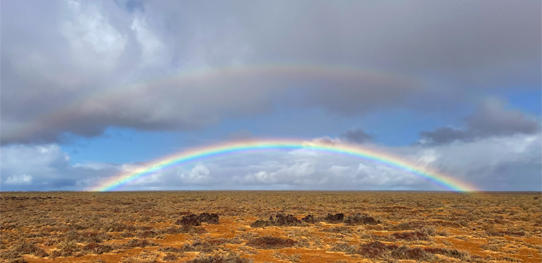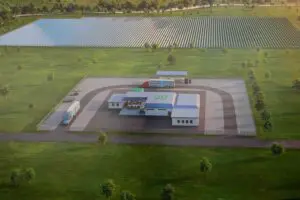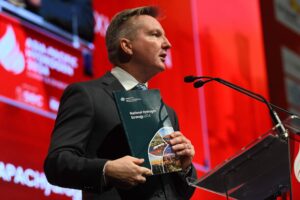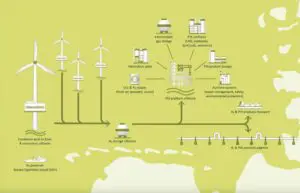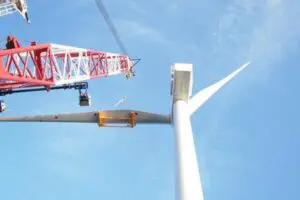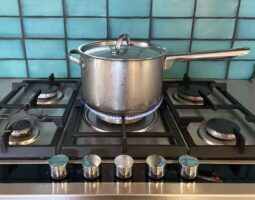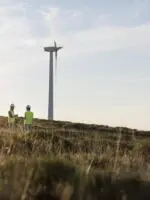South Korea’s biggest utility has signed a deal to help fund the early works of what could be the world’s biggest renewable hydrogen hub, a potential 50 gigawatt (GW) wind and solar facility in the south east corner of Western Australia.
The first stage of the Western Green Energy Hub is likely to combine around 6 GW of wind and solar to support about 330,000 tonnes a year of green hydrogen production. But the full project could grow to 50 GW of wind and solar supporting 3.5 million tonnes of green hydrogen production every year.
A partnership with Korea Electric Power Corporation (KEPCO), Korea’s largest energy utility, has been on the cards since last year when it signed an MoU in September last year, as the company prepares to lock in an offtake deal one day.
South Korea aims to source a third of its energy needs from hydrogen by 2030, and in January 2023 the government announced almost $270 million in funding to create six hydrogen cities.
InterContinental Energy, the Singapore green hydrogen developer, owns a near half stake in WGEH and with the latest deal will move the project forward into feasibility studies for stage one.
“WGEH Stage 1 is potentially significant in positioning Australia as a major participant globally in the emerging green hydrogen sector, as well as contributing to meet emerging demand in the Korean marketplace,” WGEH CEO Ray Macdonald said in a statement.
“Progressing a feasibility study with KEPCO, which is a proven global performer with large – scale infrastructure projects, and with its extensive national and international network, is invaluable to realising this potential.”
The KEPCO deal covers project engineering and cost modelling for stage one, a search for Korean and Australian companies that can work on the development, and for potential offtakers.
The circa $100 billion project is owned by Indigenous company Mirning Green Energy with 10 per cent, as the 15,000 square kilometre area is on Mirning lands, InterContinental Energy with 46 per cent and CWP Global with 44 per cent.
Construction is anticipated to take about 15 years to complete but first production in the 2030s, if the project makes it past the last hurdle of a final investment decision in 2029.
The timelines for WGEH mean it won’t be eligible for the Korean government’s new clean hydrogen power bidding market, which started a 15-year bidding process this year for up to 6,500 GWh of electricity from hydrogen that emits up to 4 kg of CO2 per kg. Winning suppliers must start producing hydrogen by 2028.
WGEH says it may not have moved to feasibility studies had the Australian government not moved ahead with its support.
“WGEH prospects have been bolstered recently by the Australian government announcement of a new $2 per kg renewable Hydrogen Production Tax Incentive and a clear focus on the renewable hydrogen and green fuels sectors, each part of the Government’s $22.7 billion “Future Made in Australia” initiative,” the statement said.
Renew Economy is seeking further comment from the project proponents.

